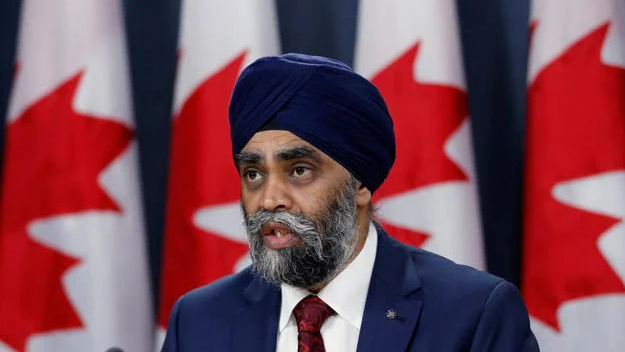From Fields to Parliament: How Punjabis Took Over Canadian Politics
BUSINESS & ECONOMY


The influence of Punjabis—particularly Punjabi Sikhs—in Canadian politics is both remarkable and deeply rooted in history. Here's an overview of how Punjabis took over Canadian politics and became one of the most influential ethnic communities in the country
1. Early Immigration and Struggles
Late 1800s - Early 1900s: The first wave of Punjabi immigrants, primarily Sikhs from Punjab, came to British Columbia to work in sawmills, railroads, and agriculture.
Faced severe racism, exclusionary laws, and no voting rights.
The Komagata Maru incident (1914) became a key symbol of this discrimination and later a rallying point for justice.
2. Establishing Roots & Community Empowerment
Post-WWII, immigration laws eased, and family reunification allowed a more stable community to form.
Sikhs established gurdwaras, businesses, and community institutions across Canada.
With increasing numbers, they began asserting their civil and political rights, pushing for representation.
3. Rise in Political Participation
1970s-80s: Punjabis began getting involved in local councils, school boards, and municipal politics.
1980s-90s: First Punjabi MLAs and MPs were elected.
Many were part of the Liberal Party, while others joined the New Democratic Party (NDP) and Conservatives.
The community became known for its strong voter turnout and block voting, which political parties couldn’t ignore.
4. Punjabi-Sikh Political Powerhouses
Ujjal Dosanjh – First Indo-Canadian Premier (British Columbia, 2000-01).
Harjit Sajjan – First Sikh Canadian Minister of Defence.
Jagmeet Singh – First racialized leader of a major federal party (NDP).
Many Punjabi MPs, including Navdeep Bains, Bardish Chagger, and Anita Anand, have held cabinet positions.
5. Community Influence in Key Ridings
Punjabi communities are concentrated in swing ridings in B.C., Ontario, and Alberta.
Their numbers and organization mean mobilizing this vote can swing elections.
Active party memberships, delegate voting during leadership contests, and networked political fundraising gave them more clout.
6. Why Punjabis Succeeded in Politics
Strong community networks via gurdwaras and associations.
Emphasis on education, leadership, and volunteerism.
Multilingual outreach and political mentorship within the community.
Resilience rooted in Sikh values of seva (selfless service) and justice.
7. Impact Today
Over 20 Punjabi-origin MPs in Parliament at times.
Punjabi is now the third most spoken language in Canada after English and French.
They influence foreign policy, especially on issues like India, Punjab, and human rights.
Many youth leaders are entering politics inspired by earlier trailblazers.
8. Challenges & Criticism
Allegations of internal power struggles, gurdwara politics, and dynastic tendencies.
Concerns over community divisions (e.g., moderates vs. radicals on Khalistan issue).
Nevertheless, the community continues to evolve politically.
